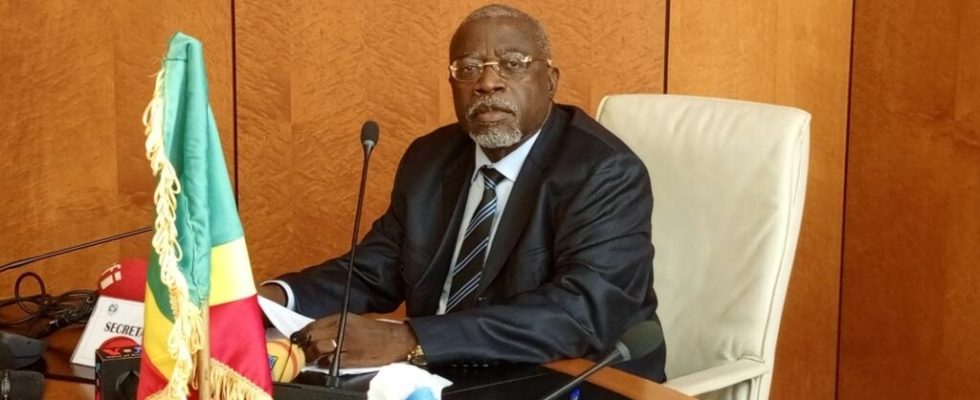The Cemac round table was supposed to raise more than 7 billion missing euros for the realization of 13 regional projects. Bet held for the organizers, with 104% of funding promises obtained. Interview with Professor Michel-Cyr Djiena Wembou, the permanent secretary of Cemac’s economic and financial reform program.
3 mins
Among the donors, the usual development partners: African Development Bank, World Bank, AFD, etc. However, less usual players responded to the call, such as donors from the United Arab Emirates who alone represent almost a third of the funding.
RFI: How will you work with investors from the United Arab Emirates?
Michel-Cyr Djiena Wembou: At the Emirates level, these are banks and investment funds. For what ? Because we want these projects to be set up in the form of PPP [partenariat public-privé, NDLR]. These projects, which are set up in the form of PPP, have a triple advantage. First, the public-private partnership assumes non-indebtedness of countries at source. This means that there is not an agreement that allows a debt or a donation. Second, it allows management by a developer, who developer takes a risk that the State covers and therefore has local companies subcontracting with them. But thirdly, there is a transfer of experience and a transfer of professionalization which means that it not only relieves the State treasury, but it also allows revenue to be recorded for the State. And that’s why we chose this because it’s a win-win.
Why this new partnership?
It is not a new partner, we are not looking for new partners, we have cooperation with the Islamic world, because some of our countries are members of the Islamic conference. We do not consider the Nordics as new partners either. We do not consider China as new partners.
We consider the entire international community in its various components as communities or societies capable of helping us in the implementation of our projects. The origin of people is not important, it is the agreement on the vision, on the means of production and on how to help our populations. That’s what’s important.
Do you expect any particular difficulties in executing these new projects?
We have no problem implementing our projects. We control the processes and contrary to popular belief, our development bank controls them. And contrary to what is often said, we are no longer at the stage where we did not know how to do it. Because the sons of the region know very well how to proceed and we are all convinced that international procedures must be respected. I want to conclude by telling you that we agree that there must be accountability because accountability creates credibility.
Electricity, port, road corridor… what are these thirteen major Cemac projects?
These thirteen major integrative projects should make it possible to significantly improve the daily lives of populations and help the development of the region. The objective is to improve access to electricity for populations in the region where the average electrification rate is 40%. For this, two major interconnection projects are planned: between Congo and Gabon and between Cameroon and the CAR. It is also about diversifying the economy of these states, some of which are still very dependent on oil wealth. At the top of the ambitions is the development of the wood industry. In this sense, Cemac carries a sustainable industrialization strategy in the Congo Basin. The strengthening of commercial integration is highlighted by the projection of a dry port in the three border area: Cameroon, Equatorial Guinea, Gabon. Finally, it is about the development of intra-regional trade and to facilitate mobility. This involves in particular river developments or even road corridors. For example, the road linking Pointe Noire to Ndjamena via Bangui. And finally, the construction of a railway between Chad and Cameroon is planned.
